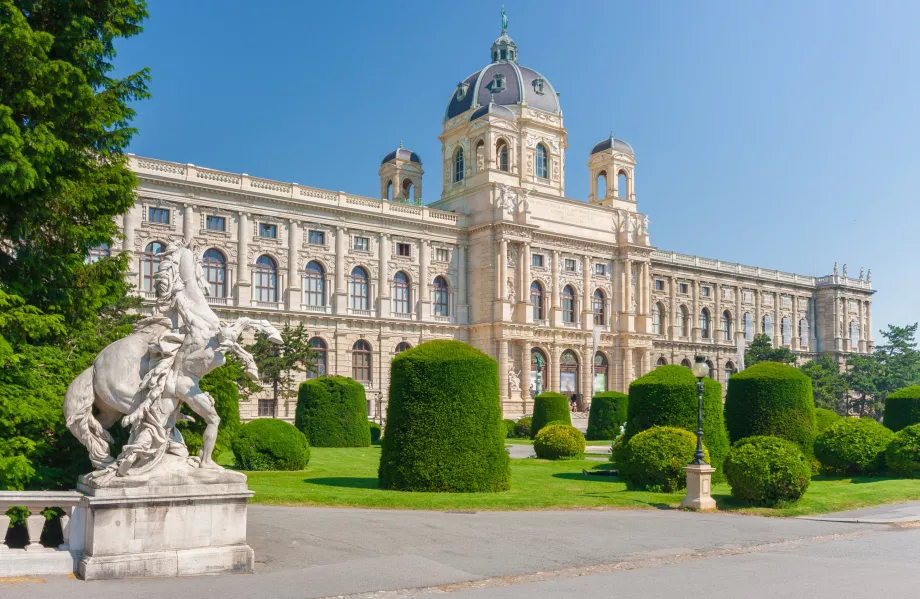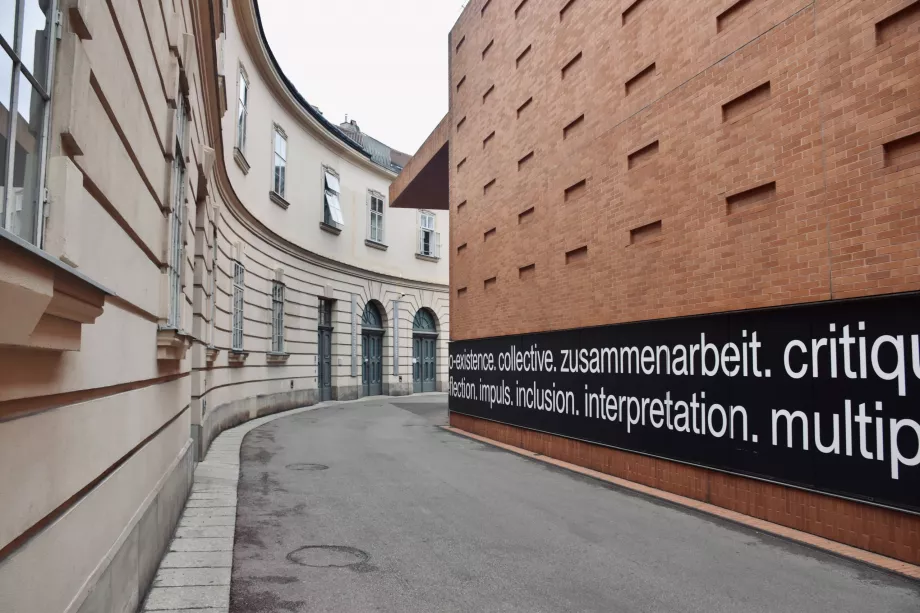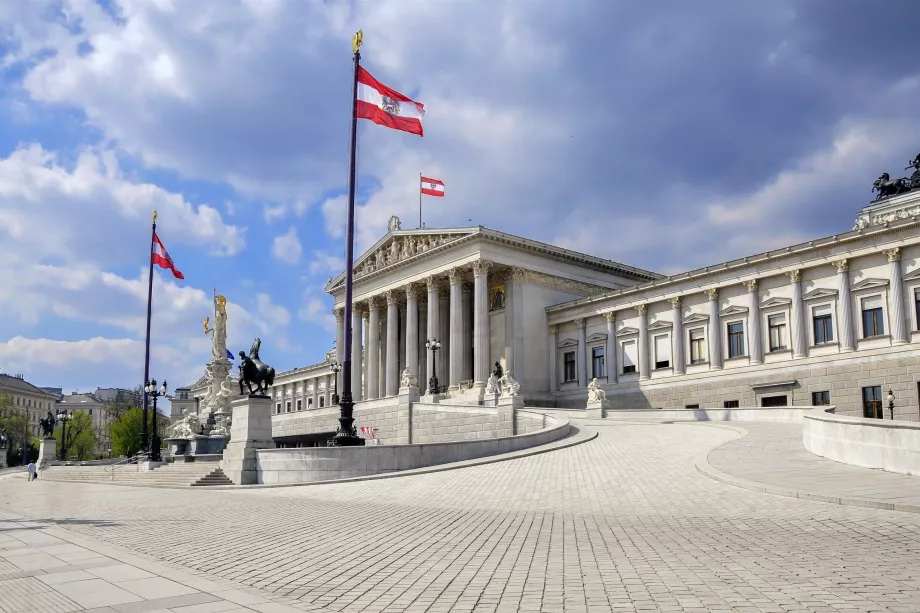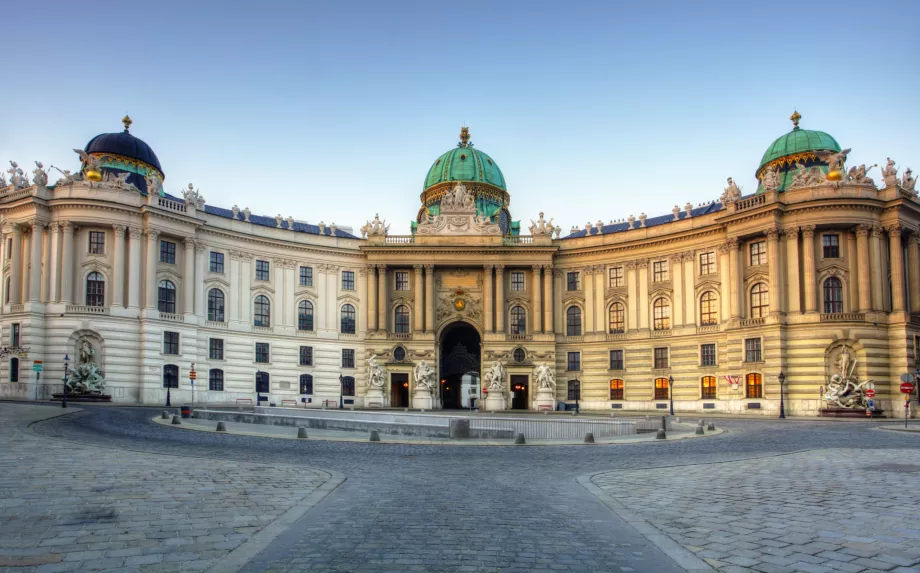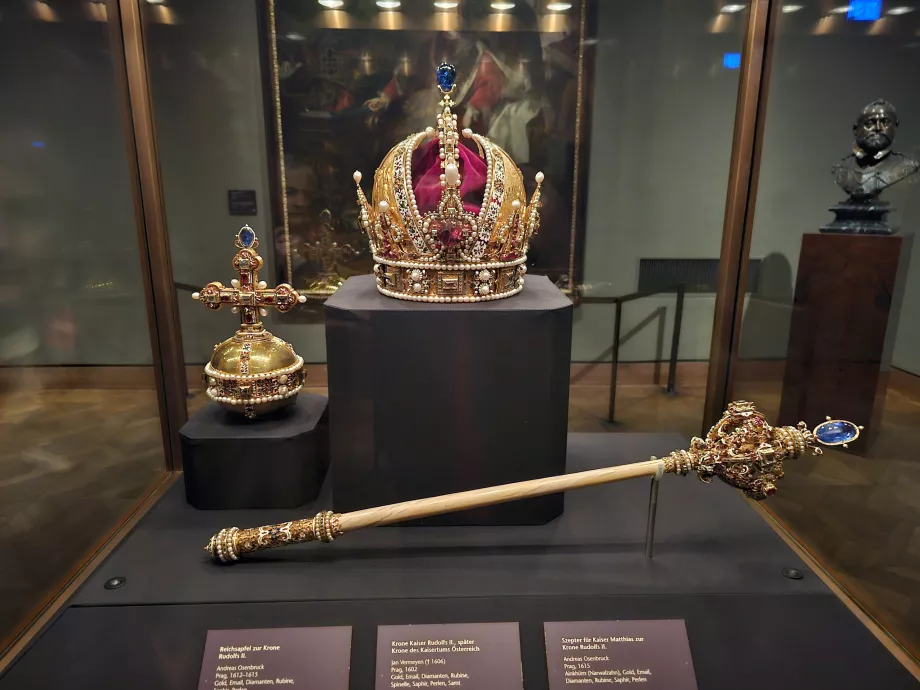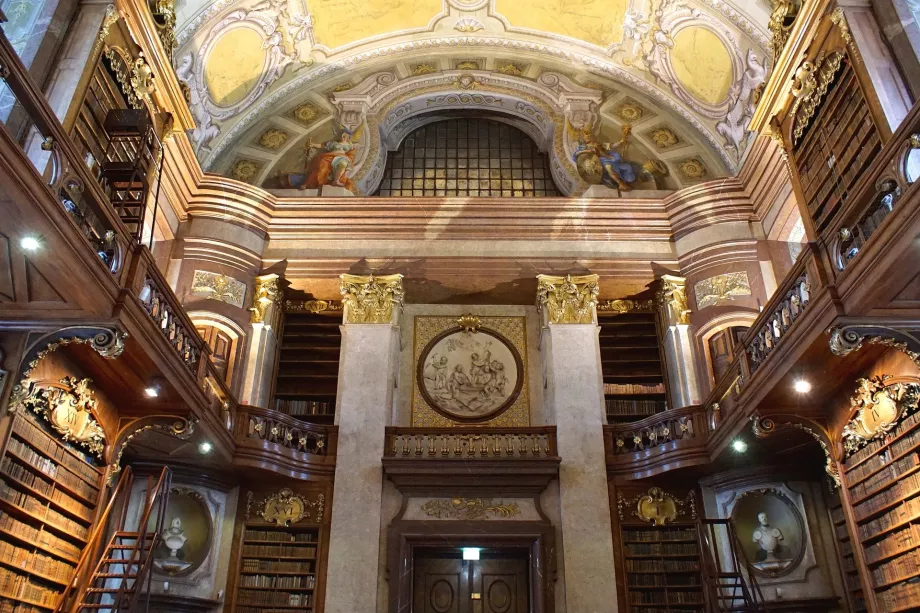Natural History Museum
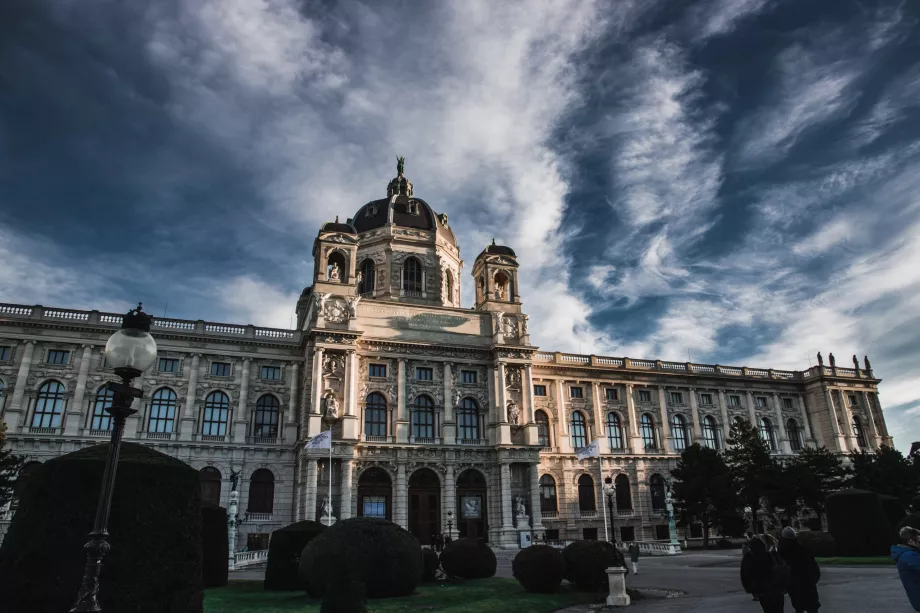
The well-known Natural History Museum, known in German as the Naturhistorischces Museum, is the largest museum in Austria and one of the most important of its kind in the world, especially due to the scale but also the uniqueness of some of the exhibits.
If you are interested in nature and science, then you should definitely come here.
Book your hotel in Vienna in advance
What to expect at the museum
The Natural History Museum is huge and if you want to go through all the exhibits, even a full day won't be enough.
There are 11 departments covering the whole range of nature, from minerals and geology to the world's largest animals, spread over 40 huge halls.
The museum currently boasts some 30 million objects, of which about 10-15% are still on display.
Among the museum's main and most valuable attractions are:
- The Venus of Willendorf - a limestone female statue from the Younger Palaeolithic period, 20,000 to 25,000 years old, discovered in 1908 in the Austrian territory of Aggsbach. It can be found in the Prehistoric Department and is one of the most valuable monuments of its kind in the world.
- The Dinosaur Kingdom - the most attractive part of the museum is located in Hall 10. You can admire the enormous skeletons of dinosaurs as well as a lot of interactive aids presenting the life of these majestic animals.
- Meteorite Knyahyňa - Hall No. 5 also attracts attention, where you will find a collection of more than a thousand meteorite exhibits. Among the most important ones is the Knyahyna meteorite, which landed in 1866 on the territory of the Ukrainian Carpathians with 300 kg, the largest meteorite found for a long time.
The magnificent museum building
The huge 60-metre-long museum building with its 60-metre-high dome is already an attraction.
It was opened in 1889 and, together with the Art History Museum building opposite, it forms an almost mirror image of Maria-Theresien-Platz.
The museum building is built in a neo-Renaissance style with inspiration from the Italian Renaissance. The dome is adorned with a statue of the Greek god Helios, and the monumental staircase inside is decorated with statues of famous scientists.
Admission and opening hours
Open daily from 9:00-18:30, except Tuesdays when it is closed.
Ticket prices are as follows:
- 18 eur - Adults
- 14 eur - Seniors over 65
- 14 eur - students between 19 and 25 years of age
- Free - children under 19
Official museum website: nhm-wien.ac.at.
Location and transportation
The Naturhistorischces Museum is located in the centre of Vienna on Maria-Theresien-Platz and is within a 20-minute walk of most major sights. It is also very accessible by public transport:
- Metro - Museumsquartier station approx. 100 metres (line U2) or Volkstheater approx. 130 metres (line U3)
- Tram - Burgring stop approx. 100 metres (lines D, 1, 2, 71)
- Bus - Burgring stop approx. 150 metres (line 57A) or Museumsquartier approx. 250 metres (line 57A)
What to see around
Discover all the places to see in Vienna.
Any questions left?
If you have any questions or comments about the article...

